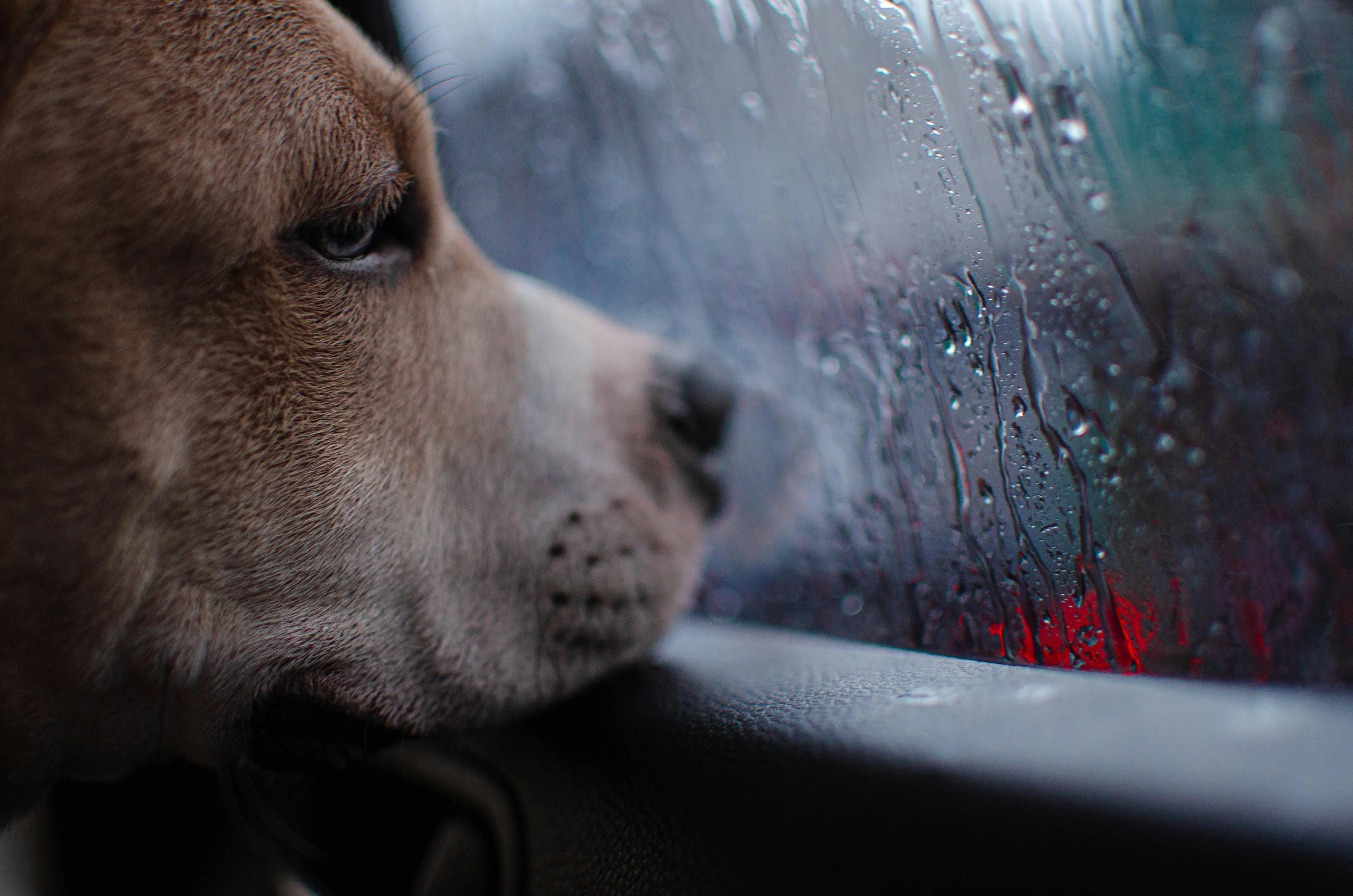What's Happening?
Amazon's October Prime Day has showcased a variety of bestselling products, with significant discounts attracting consumer attention. Among the highlighted items is the LifeStraw personal water purifier, recommended by survivalist Ky Furneaux for its compact design and ability to make nearly any water source safe for drinking. The LifeStraw can remove microplastics, bacteria, parasites, and more, including E. coli and salmonella, from water sources. It has a long lifespan, capable of filtering about 1,000 gallons of water, making it a valuable addition to emergency kits. Other popular items include Crest 3D Professional Effects teeth whitening strips, Wet & Forget weekly shower cleaner, and the Magic Bullet 7-piece blender set, all offered at reduced prices.
Why It's Important?
The popularity of survival gear like the LifeStraw during Amazon's Prime Day reflects growing consumer interest in preparedness and self-sufficiency amid global instability and natural disasters. Products that enhance personal safety and convenience are increasingly sought after, indicating a shift in consumer priorities. The discounts on household items and appliances also suggest a trend towards practical purchases that offer long-term value. This shift could influence market dynamics, encouraging retailers to focus on products that cater to these evolving consumer needs.
What's Next?
As consumer interest in survival gear and practical household products continues to rise, retailers may expand their offerings in these categories. Amazon's Prime Day success could prompt other e-commerce platforms to adopt similar strategies, focusing on products that align with consumer concerns about safety and preparedness. Additionally, manufacturers might innovate to enhance the functionality and appeal of survival and household products, potentially leading to new market trends.
Beyond the Headlines
The emphasis on survival gear during Prime Day highlights broader societal concerns about environmental and geopolitical stability. As consumers become more aware of potential risks, there may be increased advocacy for policies that address climate change and disaster preparedness. This could lead to greater investment in sustainable technologies and infrastructure, reflecting a cultural shift towards resilience and sustainability.












